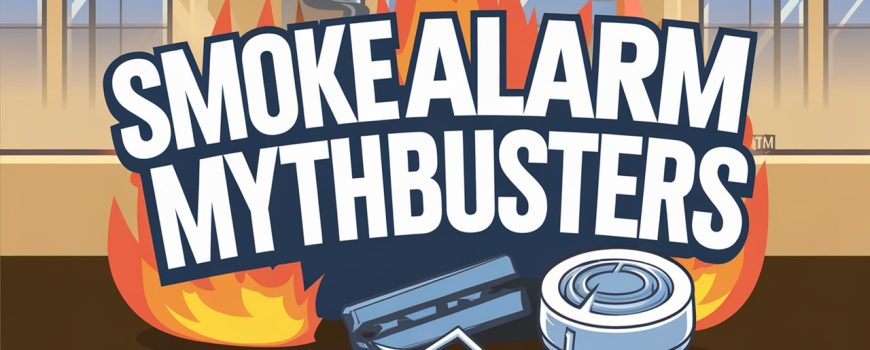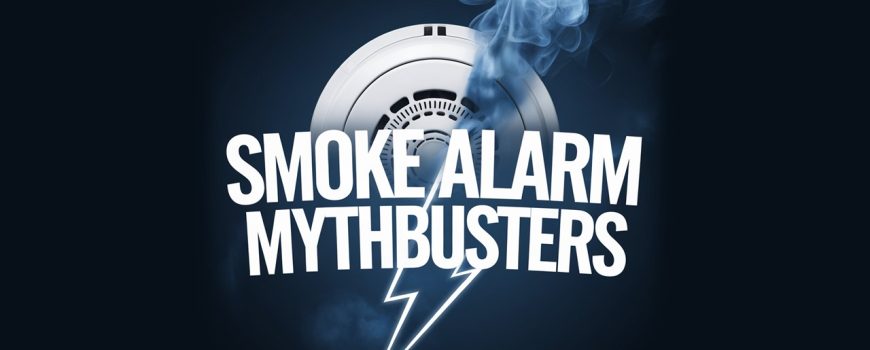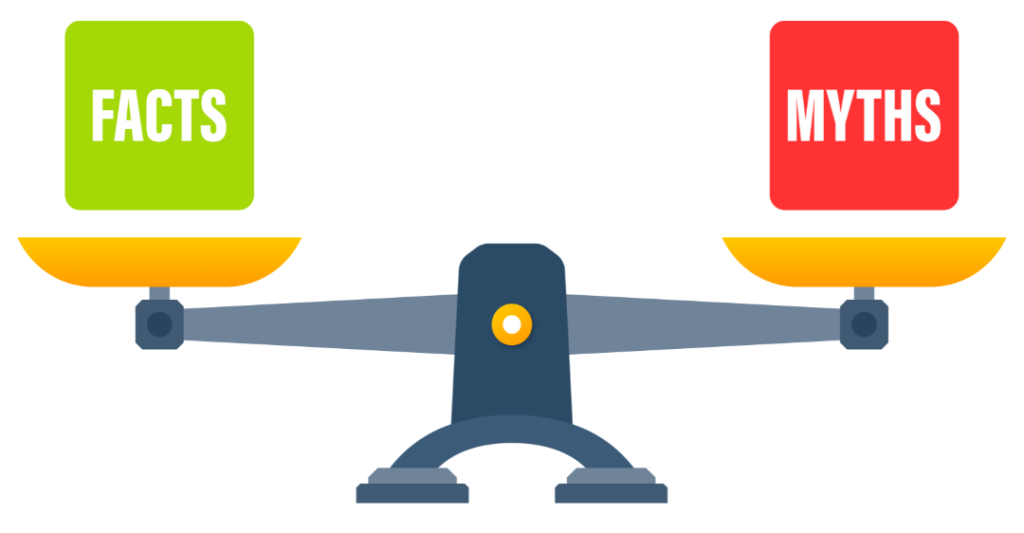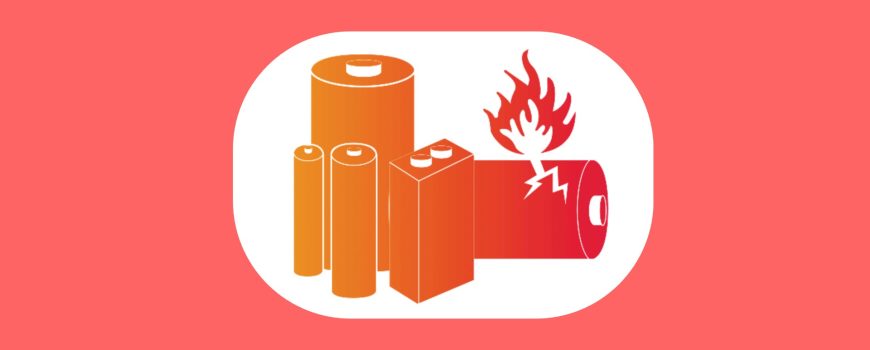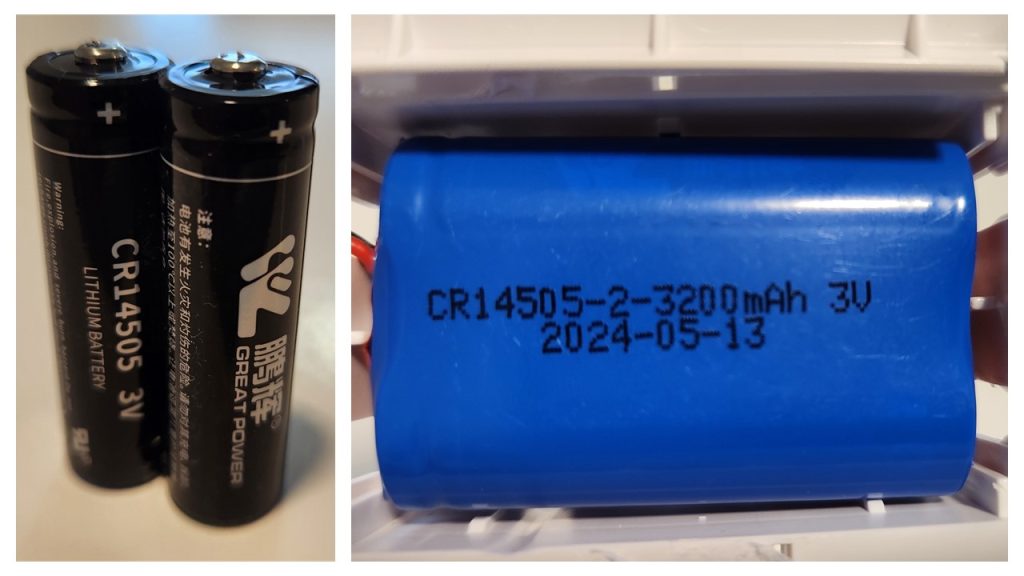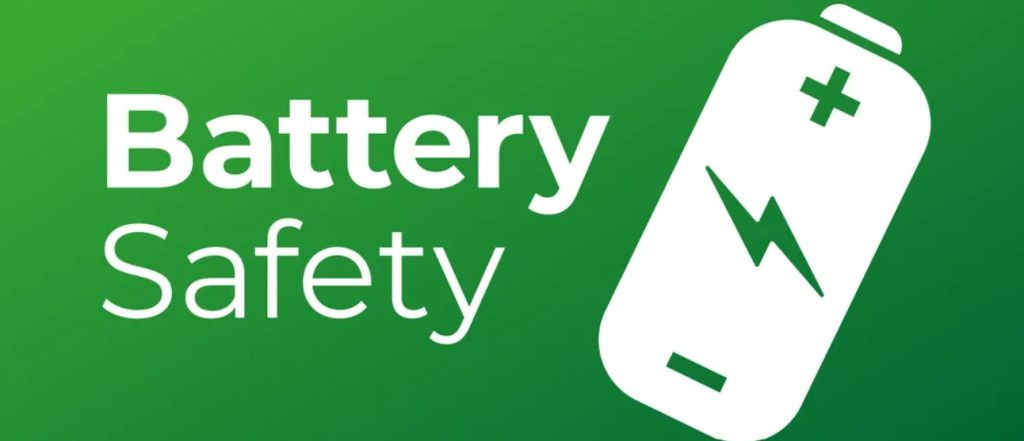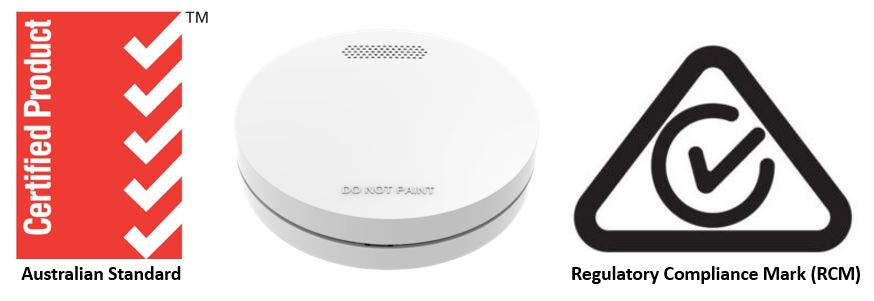When it comes to protecting your home and family, choosing the right smoke alarm is key. One of the most effective solutions on the market today is the photoelectric fire alarm, particularly those with interconnection technology. These alarms are specifically designed to detect the early signs of a fire, particularly smouldering fires, which are the most common type in residential areas.
The interconnection feature allows all alarms in your home to activate simultaneously when one detects smoke, ensuring everyone is alerted, no matter where they are. But why is this type of smoke alarm so important? And how can correct Australian Standard Certification (the red ‘5-ticks’ logo) give you the confidence you need in your purchase? This certification ensures that your alarm meets strict safety standards, guaranteeing its reliability and effectiveness in protecting your home and loved ones. Read on to find out more about why photoelectric fire alarms are a must-have for every household, and the surprising facts behind Australian Standard certification!
What Is An Interconnected Photoelectric Fire Alarm?
An interconnected photoelectric fire alarm is designed to link multiple alarms throughout your home. When one alarm detects smoke, it automatically triggers all the alarms in the network using a radio frequency (RF) signal. This means that whether you’re asleep in the bedroom upstairs or watching TV in the living room downstairs, you’ll be alerted to danger, no matter where the fire starts. For families with large homes or multi-level houses (or with teenagers with headphones on), having an interconnected photoelectric fire alarm offers an added layer of protection, ensuring no part of the home is left vulnerable.
Why Photoelectric Fire Alarm Technology Matters
Photoelectric fire alarms are renowned for their ability to detect slow, smouldering fires—common in home settings. These fires often produce significant amounts of smoke before erupting into visible flames, making early detection critical. Once an active flame state is achieved, a fire can engulf a modern home in a matter of minutes.
Unlike older ionisation alarms, new photoelectric fire alarm models are highly sensitive to smoke from smouldering materials such as furniture or electrical wiring, which can often smoulder for hours without visible flames. This early warning capability provides crucial seconds to evacuate and take action, greatly improving the chances of escape and fire containment. By opting for photoelectric fire alarms, you’re investing in life-saving technology that’s proven to detect fires more efficiently, keeping your home and family safer.
Australian Standard Red ‘5-Ticks’ Certification
Beware – not all photoelectric fire alarms are created equal. Did you know that smoke alarm manufacturers have a choice of certification agencies to verify their product? Some certification agencies, such as Intertek SAI Global, are well-known and established – you’ll often see their red Australian Standard logo (commonly known as the ‘StandardsMark’ or red ‘5-ticks logo’) not only on smoke alarms but on a variety of Australian certified products.
This certification provides a significant level of assurance that the photoelectric fire alarm has been rigorously assessed to meet Australian Standard AS 3786:2014. As part of the process, Intertek SAI Global sends an independent audit team to the smoke alarm manufacturing facility every year to inspect and verify the manufacturing and testing procedures. A report is produced, and any non-conformances are immediately identified and rectified, ensuring that the alarm meets all necessary safety standards. This ongoing auditing process ensures safety and quality standards are maintained continuously, providing you with reliable protection for years to come.
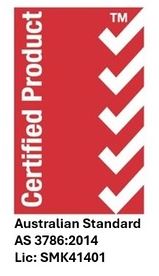
How do you know if the smoke alarm manufacturer is genuine and legally authorised to use the red logo above? Simple – look them up! You can see the license number above ‘SMK41401’. This license number is unique to the manufacturer’s certificate and can be searched on the Intertek SAI Global database. Check it out here. The database applies not only to smoke alarms, but to any Australian Standard Certified product! By verifying the license number, you can confirm the manufacturer’s authenticity and ensure that the product you are purchasing is genuinely certified to meet Australian safety standards.
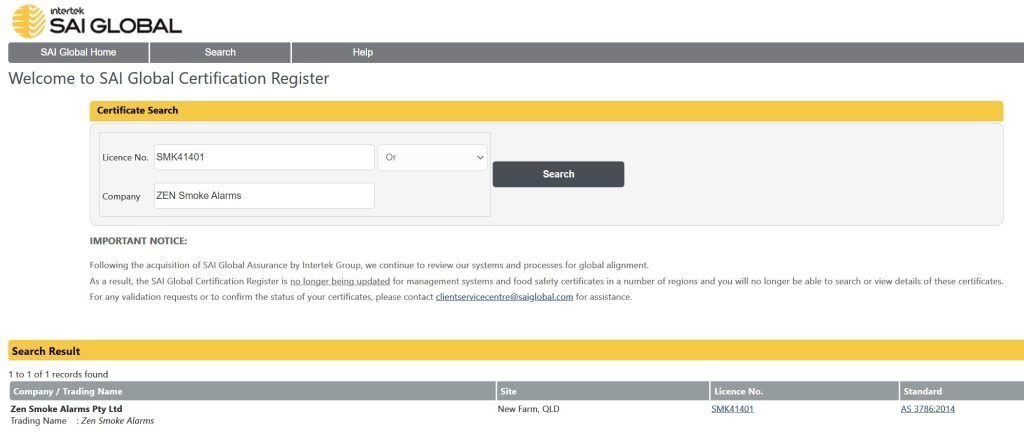
However, another choice for smoke alarm manufacturers is to certify their product using an offshore certification agency, which is cheaper and less well known. Surprisingly, the Australian Standard verification process for these cheaper certification agencies does not require visiting and auditing the manufacturing facility at all! Instead, the cheaper certification agency will perform a one-time desk review of paperwork, such as a smoke alarm test report, and confirm the product is Australian Standard certified based solely on this evidence. This process lacks the ongoing oversight that helps maintain product safety and quality.
Note that while these cheaper certification agencies may claim the product is Australian Standard certified and produce their own ‘certificate,’ they do not have permission to use the Australian Standard red ‘5-ticks logo.’ Always look for the genuine red ‘5-ticks logo’ as it signifies a trusted symbol of quality and ongoing testing. By choosing a photoelectric fire alarm with the Australian Standard red ‘5-ticks logo,’ like those from ZEN Smoke Alarms, you’re investing in a product rigorously tested for quality, reliability, durability, and overall performance year after year—ensuring your home is safeguarded by the highest standards.
Invest In ZEN Photoelectric Smoke Alarms
For Trusted Total Protection
When it comes to safeguarding your home, interconnected photoelectric fire alarms offer unparalleled safety by ensuring that every corner of your house is covered. Unlike traditional alarms, interconnected systems allow each alarm to communicate with others, so when one detects smoke, all alarms in the home will sound, providing early warning no matter where you are. Choose ZEN Smoke Alarms for certified quality and the peace of mind that comes with the trusted Australian Standard red ‘5-ticks logo’. This certification guarantees that the alarms meet stringent safety standards, offering reliable protection.
Protect your home and family with a system that’s proven to work – when you need it most.

Want to know more? Watch our ZEN Smoke Alarm YouTube channel or call us on 0478 596 402 today
We love talking smoke alarms!
ZEN Photoelectric Smoke Alarms
New Farm, QLD, 4005


